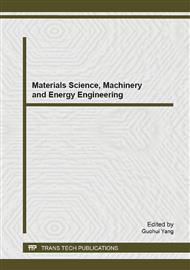p.559
p.565
p.571
p.576
p.582
p.590
p.596
p.600
p.605
Analysis on Induced Stress Field by Pore Pressure Change of Sandstone Reservoir
Abstract:
More and more seismic and log data analysis showed that for high pressure water injection reservoir, the injected water interact with the rock in the process of fluid flowing into reservoir. The pore pressure in rock pores and cracks will be changed, resulting in the change of rock skeleton stress. On the one hand this phenomenon will lead to the changes of reservoir rock physical mechanics properties; on the other hand, it will causes stress redistribution in the vicinity area, and the additional stress may load on the casing which brings out casing damage or causes cracks open or shut-down and fault slip. All of these could result in severe engineering accidents. To analyze the effects of flow field change on corresponding stress field during conventional reservoir development, numerical simulations and theoretical analysis method were combined to study the flow induced stress change of sandstone reservoir during development. The calculated results were compared to each other to validate the correctness of the two models. Analytical solutions and simulation results present the magnitude and orientation of stress and the distribution of differential stress around a single well, and illustrate the change rule of stress field with the variation of flow field. We also illustrate the stress distribution of two wells using numerical simulation results to understand the well interference.
Info:
Periodical:
Pages:
582-589
Citation:
Online since:
December 2013
Authors:
Price:
Сopyright:
© 2014 Trans Tech Publications Ltd. All Rights Reserved
Share:
Citation:


